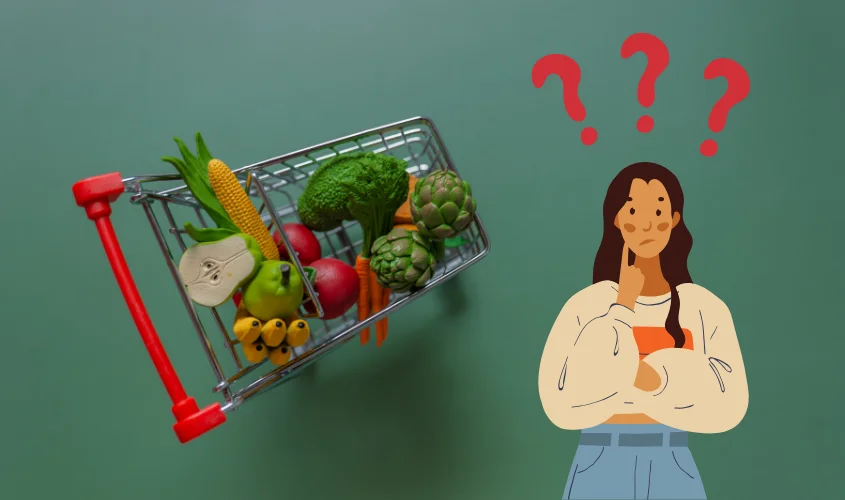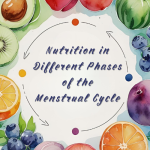
- 16.10.2024
- Menstrual Health Blog
We’ve analyzed and systematized the latest research from leading global dietitians and nutritionists and today we will tell you which foods are better not to combine within a single dish, as well as what alternatives are available.
What’s Important to Remember?
Cuisine, especially traditional Slavic cuisine, is inherently quite eclectic. However, not everyone realizes that many familiar dishes are based on combinations of incompatible ingredients. This happened because their creators focused solely on taste, often without considering the impact on the body.
We won’t delve into deep biological aspects of digestion. It’s enough to say that different systems in the body are responsible for digesting and processing various foods. Therefore, consuming excessively eclectic foods during a single meal (or even across different meals with a short time gap) confuses the body. This will inevitably affect your health over time—if it hasn’t already.
Here are some of the most harmful combinations. Try to separate these foods across different meals whenever possible:
Tomatoes and Cucumbers
Yes, you read that right. Traditional ingredients, along with greens and onions, used in making the ever-popular summer salad, are actually not the best pair for your stomach. The reason is simple. If you analyze the chemical composition of both foods, you’ll find that tomatoes are acidic while cucumbers are alkaline. This causes the stomach acid, which starts breaking down the cucumbers, to make the tomatoes ferment. Have you noticed bloating after a large serving of what seems to be a rather diet-friendly salad? Now you know why.
Meat with Potatoes
Another iconic dish, often present at festive tables. However, the truth is that these foods are ideally not mixed. The reason is enzymes. Different enzymes are required to digest both meat and potatoes. That’s why, although traditionally the mix of vegetables and meat is considered beneficial for the stomach and the body in general, this particular dish takes a long time to digest. As a result, you won’t be able to satisfy your hunger immediately, leading you to eat something else on top of it. Eventually, all the consumed food catches up and causes heaviness in the stomach.
Coffee and Alcohol
Yes, this principle applies not only to food but also to certain types of drinks. Besides the most obvious downsides, such as increased strain on the bladder, there are also subtler mechanisms at play. Coffee can temporarily block the effects of alcohol. As a result, instead of calmly enjoying an evening with a bottle of wine or beer, a large cup of coffee consumed beforehand will lead to the alcohol catching up with you after 2-3 hours, when you might be getting ready for bed, for example. As you can imagine, this effect, especially if you have to wake up early for work, is highly undesirable. So, it’s better to choose one of these drinks.
Alcohol and Sweets
Here’s an example of a particularly bad combination of food and drink. Alcohol, especially wine, causes the body to produce insulin. This, in turn, leads to the body absorbing sugar much more readily. You can imagine what happens if you decide to indulge in pastries or a piece of cake at this moment. This will add more millimeters (or centimeters?) to your waist than if you decided to enjoy sweets without alcohol. That’s why it’s better to separate these two products.
Now that you’ve learned about foods that should not be mixed, let’s explore effective ways to establish contact with teenagers for better communication.














